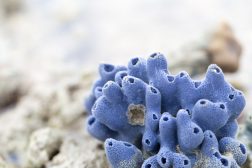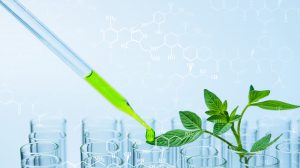Definition
noun, plural: melanocytes
A type of pigment cell that, in particular, produce melanin, and occurs in the epidermal layer of the skin, in the uveal layer of the eye, the inner ear, the meninges, the heart, and the bones
Supplement
Pigment-producing cells (chromatophores) may be classified based on the colors (or hue under white light) of the pigment the cells produce: (1) xanthophores (yellow), (2) erythrophores (red), (3) iridophores (reflective/iridescent), (4) leucophores (white), (5) melanophores (black/brown), and (5) cyanophores (blue). According to Thody and Shuster, melanophores in the skin are further divided into two types based on their location: dermal melanophores and epidermal melanophores (melanocytes).1
A melanocyte (typically 7 μm in length) is a cell that produces melanin. Melanin is the natural pigment in the body and is responsible for the color of the skin, hair, and eyes. It is synthesized and stored within a special organelle, i.e. the melanosome. The melanocyte has cellular processes called dendrites. These dendritic processes allow the mobilization of melanosomes into neighboring keratinocytes of the skin.1 Melanogenesis is the process of producing melanin. It is a means of the body to protect the underlying skin layer such as the hypodermis from the adverse effects (e.g. DNA photodamage) of UV-B light exposure. The black (or dark brown) pigment allows the absorption of the majority of the UV-B light passing through the skin layer.2 Thus, increased exposure to UV-B radiation leads to heightened melanogenesis. Melanocytes are located in the stratum basale of the epidermal layer of the skin. In humans, there are usually about 1000 to 2000 melanocytes per mm2 of the skin. They can also be found in the uveal layer of the eye, the inner ear, the meninges, the heart, and the bones.
See also:
- Melanin
- Melanosome
- Albinism
- Melanoma
Reference(s):
1 Thody, A.J., Shuster, S. (1989) Melanophores, Melanocytes and Melanin: Endocrinology and Pharmacology. In: Greaves M.W., Shuster S. (eds) Pharmacology of the Skin I. Handbook of Experimental Pharmacology, vol 87 / 1. Springer, Berlin, Heidelberg.
2 Agar, N. & Young, A. R. (2005). “Melanogenesis: a photoprotective response to DNA damage?”. Mutation Research. 571 (1–2): 121–32.






